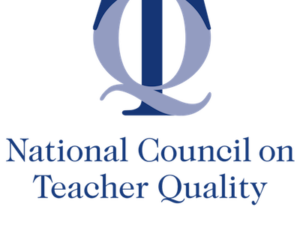

December 13, 2016
 After any presidential election – and perhaps more so now than after any other election in recent memory – the policy world takes stock of how the results will alter the federal government’s path forward, and what its actions will be on existing policies.
After any presidential election – and perhaps more so now than after any other election in recent memory – the policy world takes stock of how the results will alter the federal government’s path forward, and what its actions will be on existing policies.
While education experts are focused on the implications of President-Elect Trump’s choices for Secretary of Education and other cabinet positions, we must also keep in mind the important changes that may escape the media’s notice.
Just two months ago, the federal government released new regulations governing the oversight of teacher preparation programs. These regulations had been years in the making and, while not perfect, took a strong step forward toward demanding better training for all future teachers.
Unfortunately, as a piece in The 74 explained, it’s unlikely that states will ever have to put these new regulations into action. The new Congress that takes office in January is likely to nullify them under the Congressional Review Act.
However, if Congress does halt them, its objections are likely rooted in what it perceives as overstepping by the U.S. Department of Education – establishing regulations more properly crafted as law – rather than any inherent objection to greater oversight over teacher preparation programs.
While we would like to see the regulations stay intact, the reality is that this outcome is unlikely. We are hopeful that many groups will work diligently to resurrect them in the course of reauthorizing the Higher Education Act (HEA), which is slated for this spring.
Why are these new regulations – or a version embedded in HEA – a net plus? Here are a few big reasons:
This wealth of information can help (1) consumers make informed decisions about where to go for their training, or where to hire new teachers; (2) teacher prep programs identify areas for improvement; and (3) states provide technical assistance and accountability.
Improved reporting by teacher preparation programs and the states that oversee them offers an enormous opportunity to better understand the teacher workforce and the impact of programs on the talent pipeline. But unless the federal government takes a firm stand, one way or another, this opportunity is going to slip away.